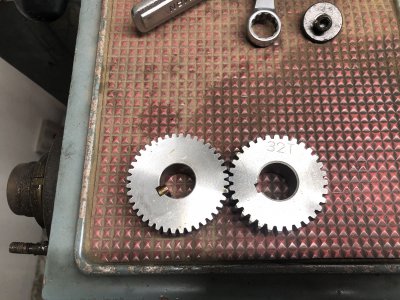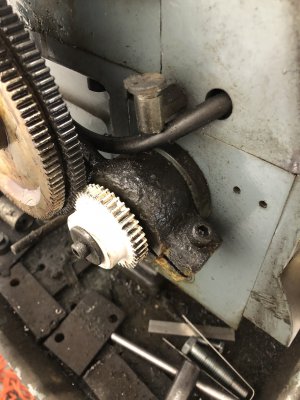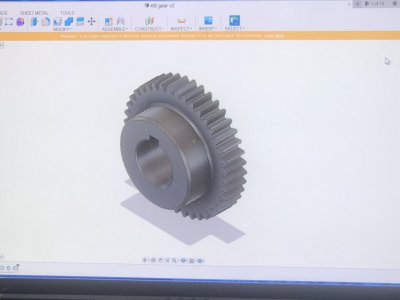- Joined
- Jan 6, 2017
- Messages
- 1,214
The charts are a little different, but what I meant is that the actual gearbox ratios are the same. But, it looks like your right, there are a few actual differences
My phone won't let me open both charts side-by-side. Opening and looking at them 1 at a time, it's easy to miss the small differences.
I have change gears in 28t, 30t, 32t, 46t, 50t, and a half dozen others. Knowing the actual gearbox lever ratios is very useful for calculating and cutting the weird, non-standard threads that occasionally pop up on proprietary designs.
I have a list of the actual ratios somewhere, I'll post it up in a minute.
My phone won't let me open both charts side-by-side. Opening and looking at them 1 at a time, it's easy to miss the small differences.
I have change gears in 28t, 30t, 32t, 46t, 50t, and a half dozen others. Knowing the actual gearbox lever ratios is very useful for calculating and cutting the weird, non-standard threads that occasionally pop up on proprietary designs.
I have a list of the actual ratios somewhere, I'll post it up in a minute.
Last edited:





